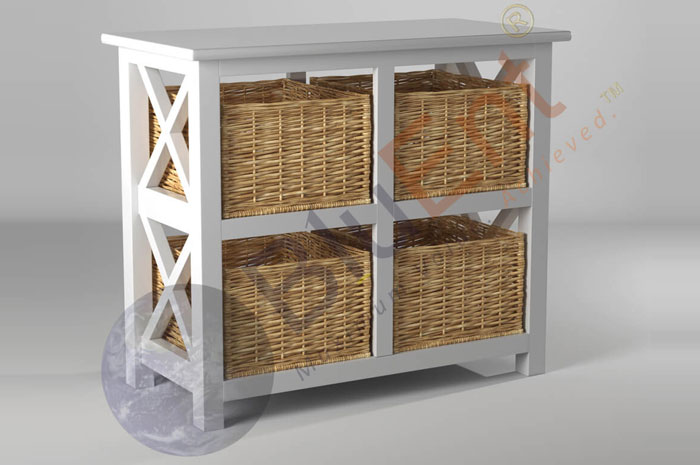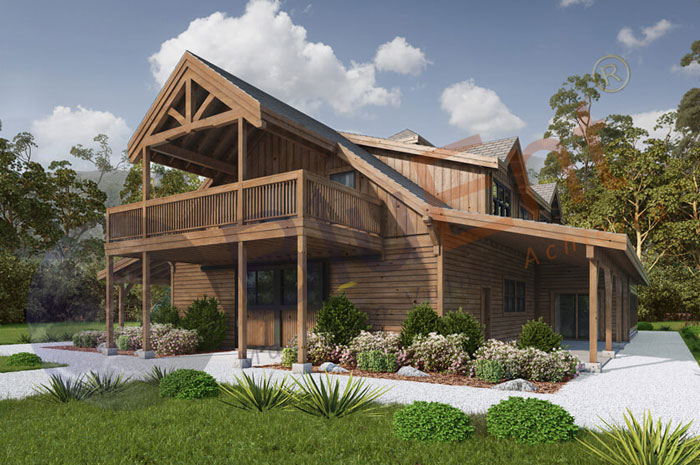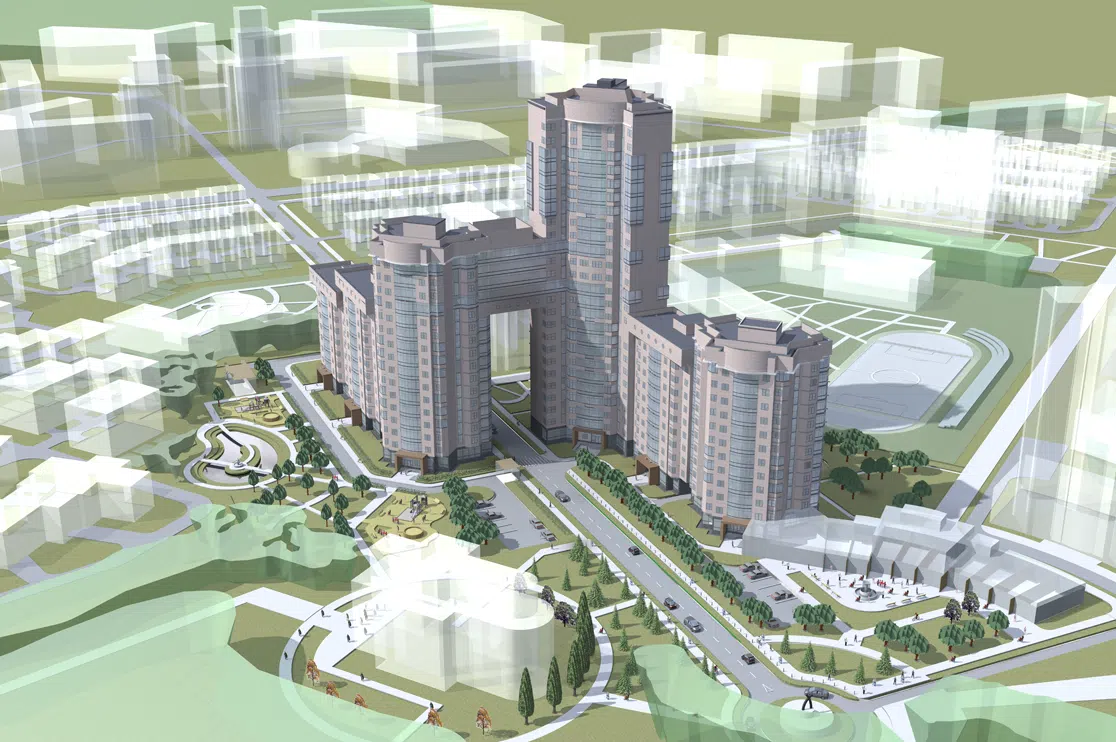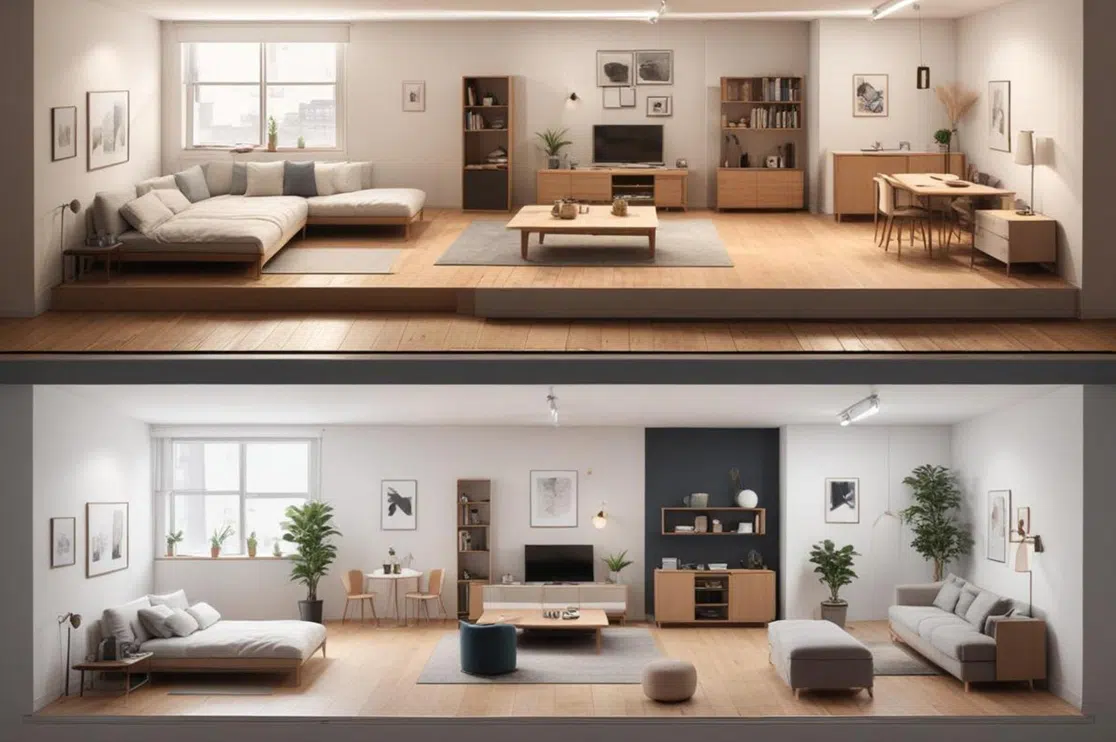There are various 3D rendering techniques for architecture, gaming, manufacturing, healthcare and advertisements, but which ones work best for your projects?
BluEntCAD will take you through the various types of 3D rendering in this article.
Table of Contents
Introduction
A lot of effort goes into good visualization. Hence, selecting the best types of 3D modeling is crucial for each project.
3D rendering can be optimized when one knows the differences between the various types of rendering available. It also depends on the kind of company you work for – an architectural rendering company, for example, will mostly use different techniques than a game development company will.

3D Rendering Techniques
The techniques used for 3D rendering are the designer’s choice. However, she must give serious thought to utilizing the right one.
Knowing the end-result needs, time or precision helps designers make the best choice. All 3D rendering techniques have their benefits and limitations, and none are inherently better than the other.
If you have decided to outsource your 3D rendering, be careful to know how to get maximum returns and be aware of industry standards. You can also take a look at our 3D rendering price guide.
With that said, let’s dive in.
-
Scanline Rendering
If time is short and rendering needs to be precise, you can use scanline rendering, which is an algorithm for visible surface determination. It is a preferred method for moving images.
The acceleration with which scanline rendering works is suitable for both practical and real-time needs. It goes beyond polygon or pixel level rendering and renders the entire scene as a set of horizontal lines. Each polygon is rendered on the y-axis coordinates and then each scanline is determined.
-
Raytracing
If you have time on your hands and want exquisite, refined results, raytracing is suitable for the job.
The term raytracing refers to the way the computer analyzes the light sources of the scene and computes the ray paths created by the lights. This results in a realistic, refined image, including caustics and reflections. The shadows and lights depicted are close to what one would see in reality.
Working at the pixel level of 3D modeling, the rays of light are traced back to the object from the camera and each pixel placement, texture, hue, depth and more elements are defined in an algorithm.
Various algorithms can affect the final shade of a pixel, such as a material’s reflection, translucency, transparency, refraction tendency, and absorption.
The pixel-level images are called raster images. Multiple angles at the pixel level of the virtual object are overlapped to develop a final image.
-
Radiosity
Radiosity offers an expedited solution for calculating the light propagation of a scene. Unlike raytracing, which uses a direct illumination algorithm, radiosity uses a global illumination algorithm. As a rendering method, it was introduced in 1984 by researchers at Cornell University.
The radiosity technique is applied after an image has been rendered and is often used for interior rendering. It is ideal for scenes with matte surfaces that reflect light in various directions, and adds soft gradual shadows.
Interior rendering by BluEntCAD
A limitation of radiosity is that, in terms of memory and computer time, it is costly. However, it is the only technique that reproduces accurate lighting conditions across a big class of common scenes.
Radiosity focuses on the 3D rendering of product surfaces. The algorithm is developed to store illumination values of each surface of the object.
It is the best way to render real-life colors onto objects and handle appropriate shadow development.
Time-Based Types of 3D Rendering
3D rendering techniques transform the lines and points of a simple image and infuse life into it.
How they do that varies as per the use case requirement. The rendering tool works on the mathematical relationships of these images and converts them into lifelike images.
The mathematical representation works to render texture, shape, colors, shadows and more into the image, making it stand apart from “regular” 3D images.
-
Real-Time Rendering
Real-time rendering is used when quick results are required. It is often used in video games, but can also be found in many devices, including iPhones and VR headsets.
The scene is calculated right before being displayed on a screen. Hence, the viewer gets the impression of the scenes unfolding in real time. Using high-computational power graphics hardware, rendering can translate up to 120 frames per second.
The real-time computational power of the CPUs is saved by using pre-computed images or template images.
-
Offline Rendering
Offline rendering is appropriate for tasks wherein wide time-frames are available, and is used frequently in the real estate and cinematographic industries. Frames are rendered to an image format and images are displayed as either stills or sequences. An example of an offline renderer would be VRay.
This technique offers high-quality, realistic renderings, but not interactivity, because a computer calculates everything beforehand. However, offline rendering generally offers more realistic renders than does real-time rendering.
It is important to note that render engines and graphics cards have greatly improved their hardware and software performances. Hence, the gap between offline and real-time rendering is shrinking.
Conclusion
From filmmaking to gaming to architecture, 3D rendering techniques have changed the way we experience the world. We hope this article has given you some insights into what works best for your business needs.
If you require professional photorealistic rendering services, BluEntCAD is just a click away. We’ve been operating since 2003 and have extensive experience, having served most of the US’ largest homebuilders.
In addition to exterior and interior architectural renderings, we also provide product renderings and architectural walkthroughs with the best architectural rendering software. We serve large homebuilders, real estate developers, home design and renovation companies, design build contractors, remodelers and commercial architecture companies.
Ready to give your business a boost with photorealistic 3D rendering services for home builders? Contact us now!
Maximum Value. Achieved.








 Architectural Rendering: Revolutionizing Urban Planning for Future Cities
Architectural Rendering: Revolutionizing Urban Planning for Future Cities  Real Estate Virtual Staging: Avoid These Mistakes to Sell Your Home Fast (With Pro Tips)
Real Estate Virtual Staging: Avoid These Mistakes to Sell Your Home Fast (With Pro Tips)  How Does 3D Rendering Help with Virtual Staging a House for Sale?
How Does 3D Rendering Help with Virtual Staging a House for Sale?  Best 3D Custom Wardrobe Designs for Your Bedroom
Best 3D Custom Wardrobe Designs for Your Bedroom